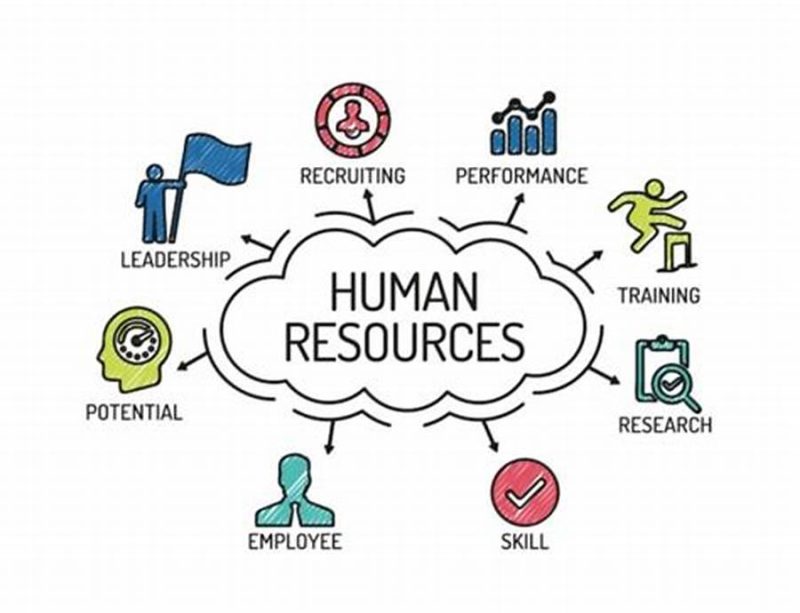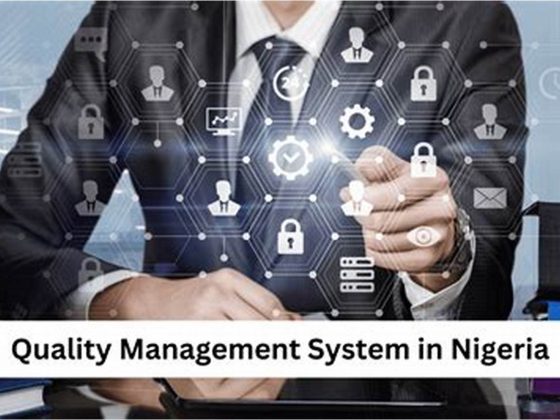Human Resource Management (HRM) is the backbone of every successful organization. It ensures that the right people are in the right roles, contributing effectively to the overall goals of the business. While the core function of HR is managing people, there are best practices that every organization can implement to improve productivity, employee satisfaction, and organizational growth.
Here are the key best practices in HRM that every organization should prioritize:
Recruitment and Selection
Finding the right talent is the foundation of effective HR management. A good recruitment process should:
- Clearly define job roles and expectations.
- Use structured interviews to evaluate candidates.
- Incorporate technology, such as Applicant Tracking Systems (ATS), to streamline the hiring process.
- Ensure diversity and inclusion by eliminating biases in the recruitment process.
Hiring the right people reduces turnover, saves costs, and builds a strong foundation for organizational success.
Employee Onboarding and Orientation
Onboarding isn’t just about paperwork; it’s about helping new hires feel welcome and prepared. A good onboarding process should:
- Introduce new employees to company culture and values.
- Provide clear guidance on their roles and responsibilities.
- Offer mentorship or buddy programs to ease their transition. A positive onboarding experience boosts employee morale and accelerates productivity.
Training and Development
Investing in employee skills is crucial for long-term success. Organizations should:
- Provide regular training programs to enhance technical and soft skills.
- Offer professional development opportunities, such as workshops, courses, or certifications.
- Encourage employees to set personal development goals.
When employees grow, so does the organization. Regular training not only keeps employees motivated but also ensures the business stays competitive.
Performance Management
Performance management isn’t just about annual appraisals; it’s an ongoing process. Effective performance management should include:
- Setting clear, measurable goals (SMART goals).
- Providing regular feedback, both formal and informal.
- Recognizing achievements and addressing challenges early.
- Using tools like Key Performance Indicators (KPIs) and performance software to track progress.
A transparent performance management system fosters accountability and trust among employees.
Employee Engagement
Engaged employees are productive employees. To enhance engagement:
- Create open channels of communication between employees and management.
- Regularly seek employee feedback through surveys or meetings.
- Recognize and reward hard work and achievements.
- Foster a positive work environment where employees feel valued.
- Satisfied employees are more likely to stay loyal and contribute to the company’s growth.
Fair Compensation and Benefits
A competitive compensation structure is essential for attracting and retaining top talent. Organizations should:
- Provide non-monetary benefits
- Conduct regular salary benchmarking to stay competitive in the market.
- Offer benefits like health insurance, retirement plans, paid leave, and bonuses, , such as flexible work arrangements or wellness programs.
Fair pay and benefits show employees that their work is valued and appreciated.
Workplace Diversity and Inclusion
Diversity is not just about meeting quotas; it’s about fostering creativity and innovation through varied perspectives. Best practices include:
- Promoting equal opportunities for all employees.
- Training staff on unconscious bias and inclusivity.
- Encouraging diverse teams for collaboration and problem-solving.
An inclusive workplace boosts creativity and makes the organization more adaptable to global markets.
Conflict Resolution
Conflicts are inevitable, but how they are managed can define the workplace culture. Effective conflict resolution involves:
- Addressing issues promptly and impartially.
- Offering mediation or counselling services when needed.
- Encouraging open communication to resolve misunderstandings.
A harmonious workplace leads to better collaboration and productivity.
Compliance with Labor Laws
Every HR department must ensure that the organization complies with labor laws and regulations. This includes:
- Adhering to fair hiring practices.
- Maintaining accurate employee records.
- Ensuring workplace safety standards are met.
- Providing proper termination processes when necessary.
Non-compliance can result in legal issues and damage to the company’s reputation.
Succession Planning
Planning for the future is key to business continuity. Succession planning ensures that the organization is prepared for changes in leadership or critical roles. This involves:
- Creating a clear roadmap for career progression.
- Identifying high-potential employees early.
- Offering leadership training and mentorship programs.
A solid succession plan minimizes disruptions and ensures smooth transitions.
CONCLUSION
Human Resource Management is more than just managing people; it’s about creating an environment where employees can thrive and contribute to the success of the organization. By implementing these best practices, organizations can foster a positive work culture, retain top talent, and achieve long-term goals.
Remember, a successful HR strategy is one that values people as the organization’s most important asset. Start implementing these best practices today to transform your workforce and achieve lasting success.

